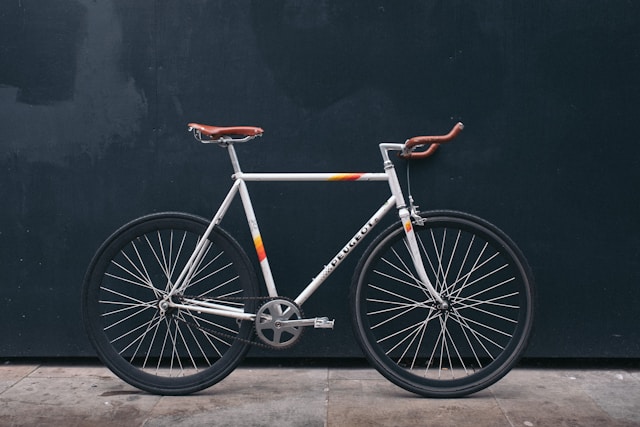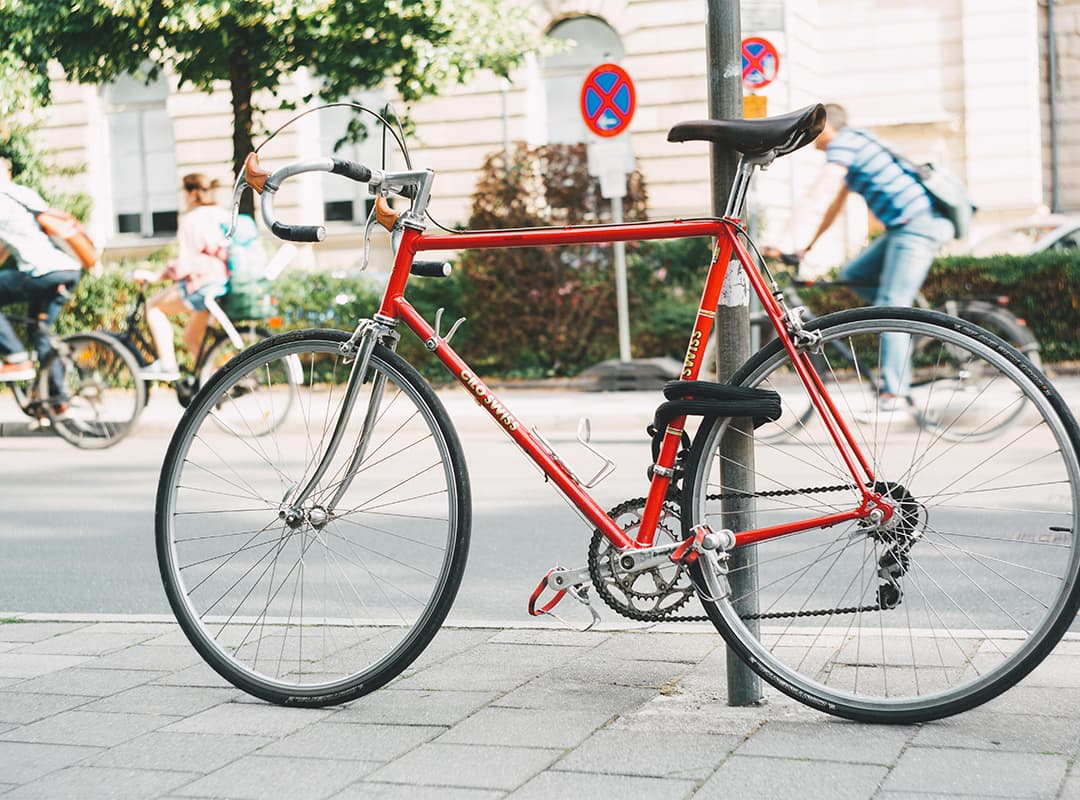Attending a bicycle assembly workshop can be an exciting and educational experience, especially if you’re passionate about cycling. Whether you’re a complete beginner or someone with some experience looking to deepen your understanding, these workshops provide valuable insights into the intricacies of bike assembly. Here’s what you can expect at your first workshop, including some tips to make the most of your time. Plus, we’ll highlight the unique appeal of townie bikes and how they can enhance your cycling experience.
1. Introduction to Bicycle Components
One of the first things you’ll encounter in a bicycle assembly workshop is an overview of the various components that make up a bike. Instructors typically begin by introducing you to essential parts, such as:
- Frame: The foundation of your bike, which can be made from various materials such as aluminum, steel, or carbon fiber.
- Wheels: Understanding the significance of rim size, spoke count, and tire types is crucial.
- Drivetrain: This includes the chain, gears, derailleurs, and shifters. You’ll learn how these components work together to give you the power and speed you need while riding.
- Brakes: You will explore the differences between rim brakes and disc brakes and their respective advantages.
- Handlebars and Stem: The importance of choosing the right handlebars for comfort and control will be emphasized.
Familiarizing yourself with these components is vital for understanding how a bike functions as a whole.
2. Hands-On Assembly Experience
Once the introduction is complete, you’ll dive into hands-on activities. Expect to work on assembling different parts of a bicycle under the guidance of experienced instructors. Here’s what you might do:
- Frame Setup: Learn how to properly adjust the components to fit the bike frame. This includes aligning the wheels and securing the brakes.
- Installing the Drivetrain: Get your hands dirty as you attach the crankset, chain, and derailleurs. Understanding how to adjust these components is crucial for optimal performance.
- Wheel Assembly: You’ll likely get a chance to learn how to assemble the wheels, including mounting the tires and tubes.
- Brake and Gear Adjustments: You’ll also practice fine-tuning the brakes and derailleurs to ensure smooth operation and safety.
Hands-on experience is essential, as it helps build confidence in your ability to maintain and repair your bike in the future.
3. Safety Precautions
Safety is a key component of any bicycle assembly workshop. Instructors will often cover essential safety practices to ensure that you can work confidently and avoid injuries. Here are some common safety tips you may learn:
- Using the Right Tools: Familiarize yourself with basic bike tools such as wrenches, screwdrivers, and tire levers. You might even get the chance to use a torque wrench, which is crucial for ensuring that bolts are tightened to the proper specifications.
- Protective Gear: Wearing gloves and safety glasses can help protect you while working on bikes.
- Workstation Organization: Keeping your workspace organized will help you avoid accidents and make the assembly process more efficient.
4. Community and Networking Opportunities
One of the most rewarding aspects of attending a bicycle assembly workshop is the chance to meet like-minded individuals who share your passion for cycling. You’ll likely find yourself surrounded by fellow enthusiasts, whether they’re seasoned cyclists or those just starting their journey. This environment fosters a sense of community, allowing you to:
- Share Experiences: Discussing your riding experiences can lead to valuable tips and insights.
- Make New Friends: Building connections with fellow cyclists can lead to future group rides or collaborations.
- Explore Local Resources: Instructors and participants can provide recommendations for local bike shops, riding groups, and cycling events.
5. Learning About Townie Bikes
During the workshop, you might also hear discussions about various bike styles, including townie bikes. Townie bikes are designed for casual riding, emphasizing comfort and stability. They often feature:
- Upright Riding Position: This design allows for better visibility and reduces strain on the back and neck.
- Wide Tires: Providing stability and comfort, wide tires make townie bikes perfect for riding on various surfaces, from paved roads to gravel paths.
- Stylish Design: Townie bikes often come in a range of colors and styles, making them a fashionable choice for city riders.
By exploring townie bikes, you’ll gain a broader perspective on cycling and how different bikes can fit various lifestyles and riding styles.
Attending your first bicycle assembly workshop can be an enriching experience that not only enhances your technical skills but also connects you with a community of fellow cyclists. With hands-on practice, safety training, and discussions about various bike styles, including the popular townie bike, you’ll leave the workshop feeling empowered and ready to take on your next cycling adventure. Embrace the opportunity to learn, ask questions, and enjoy the journey of becoming a more knowledgeable cyclist!



